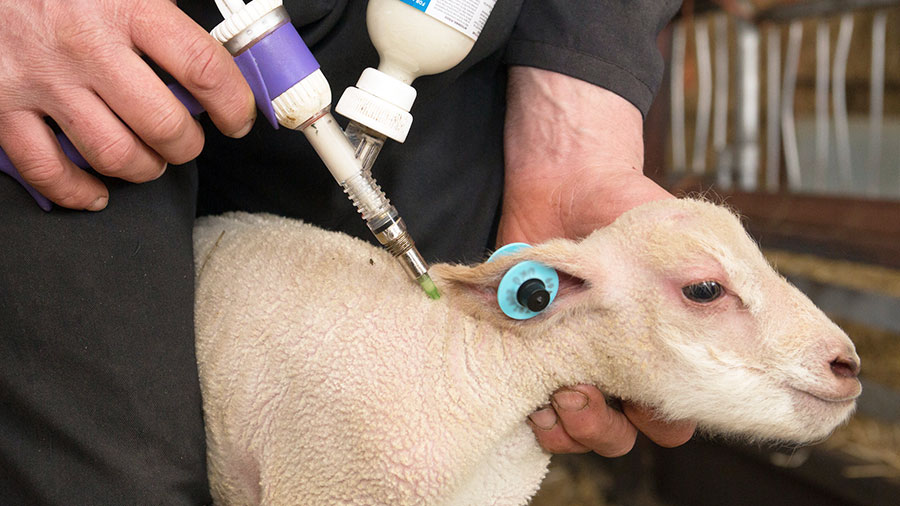Mythbusters: 8 common misconceptions about antibiotics
 © Tim Scrivener
© Tim Scrivener Pressure remains on the livestock sector to use antibiotics responsibly in the battle against antimicrobial resistance.
Responsible use is usually described as “as little as possible, as much as necessary”. But using antibiotics in the best possible way is also key.
This means storing them properly and administering them correctly, as well as recognising when they will serve no purpose.
Georgina Doel, of Garston Vets, Frome, debunks eight of the common misconceptions about antibiotics.
See also: New livestock Medicine Hub – what it’s for and how it can help
About the author

Georgina Doel qualified from the Royal Veterinary College, London, and is a farm vet and farm clinical co-ordinator at Garston Veterinary Group, Frome. She has a particular interest in calves
Eight common misconceptions around antibiotics use
1. Misconception: There are stronger and weaker antibiotics.
Truth: There is no such thing as a stronger antibiotic. Antibiotics are classified by their mode of action and the bacteria they are effective against.
Therefore, it is important to choose the correct one for the bug you are trying to treat.
2. Misconception: You can stop mid-course if the animal is better.
Truth: Although an animal may start to look better, the bacterial load still needs to be treated for the full course.
Stopping the treatment before the advised time frame is nearly as bad as using one single dose of an antibiotic that is designed to be given for several days.
3. Misconception: Antibiotics must be kept in the fridge.
Truth: It is easier to use antibiotics and shake them up prior to use when they are at room temperature. Those in tinted (for example, brown) bottles should be kept out of direct sunlight.
4. Misconception: Antibiotics can be used to prevent disease.
Truth: Antibiotics should not be used prophylactically. They should be administered only when there is a bacterial cause to the disease or symptoms identified, not a virus or parasite.
5. Misconception: A smaller needle is better.
Truth: It is far kinder to the cow and safer to the handler if a fresh needle is used, and one that’s big enough for the job.
Trying to squeeze a thick liquid through a small needle will make the job harder and the risk of injury higher.
6. Misconception: It’s best to use as smaller dose as possible.
Truth: Once the correct antibiotic has been chosen, it is imperative to choose the right volume and route to administer it.
Dose is worked out by the weight of the animal, and it is better to overestimate rather than underestimate. If there are two people looking at the animal, go with the heavier perceived weight.
7. Misconception: Withdrawal periods are fairly standard.
Truth: When using more than one medicine at a time, the withdrawal period can change, so double-check this with your vet.
8. Misconception: Antibiotics will cure all.
Truth: Although antibiotics are fantastic, they are not always the answer. Other treatment options, such as painkillers or parasite therapy, may be more suitable.
Did you know?
No new antibiotics have been discovered since the 1980s.
The “new” ones that come on to the market are variations of those already being used. They belong to one of the existing classes of antibiotics, but have a different name or composition.

